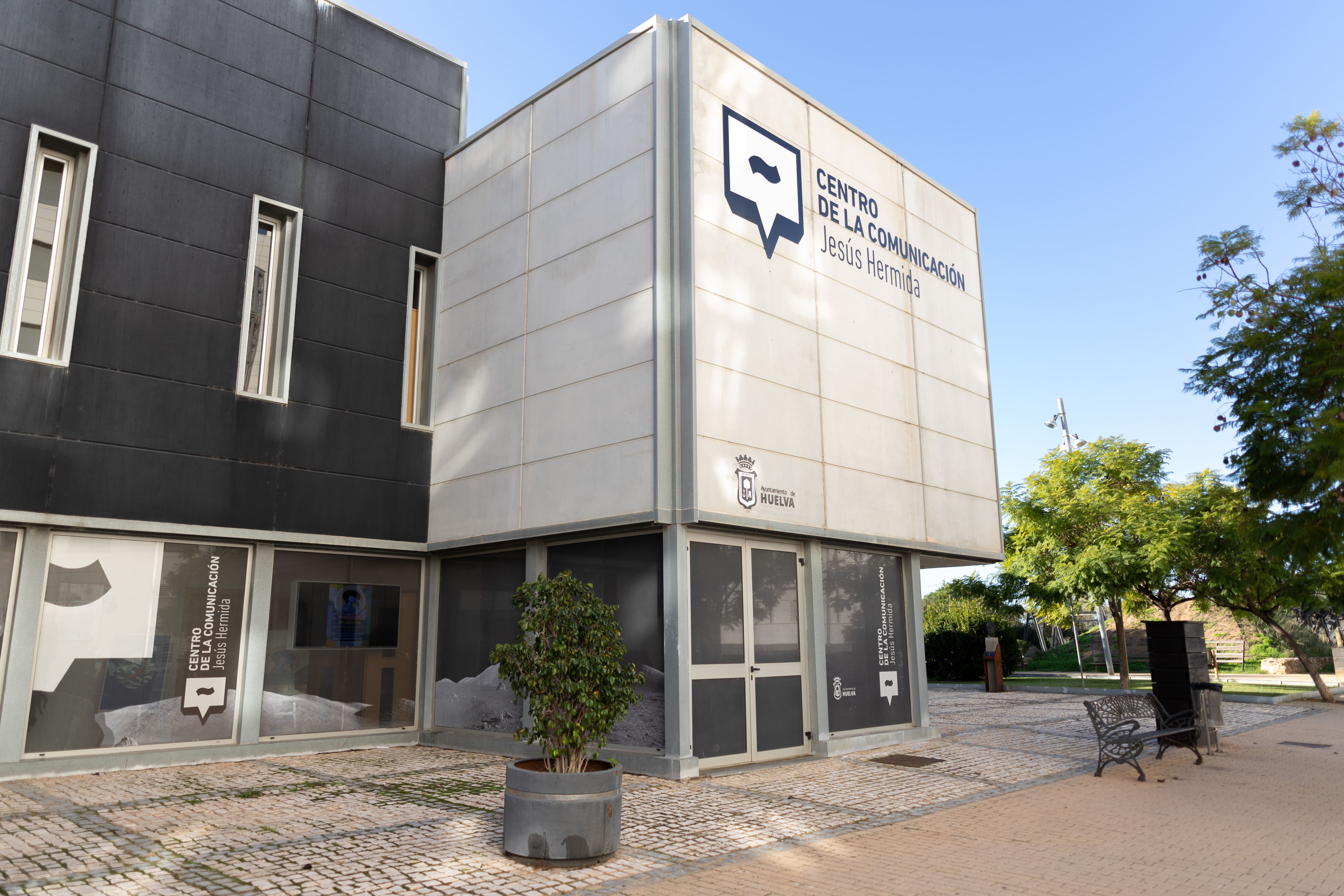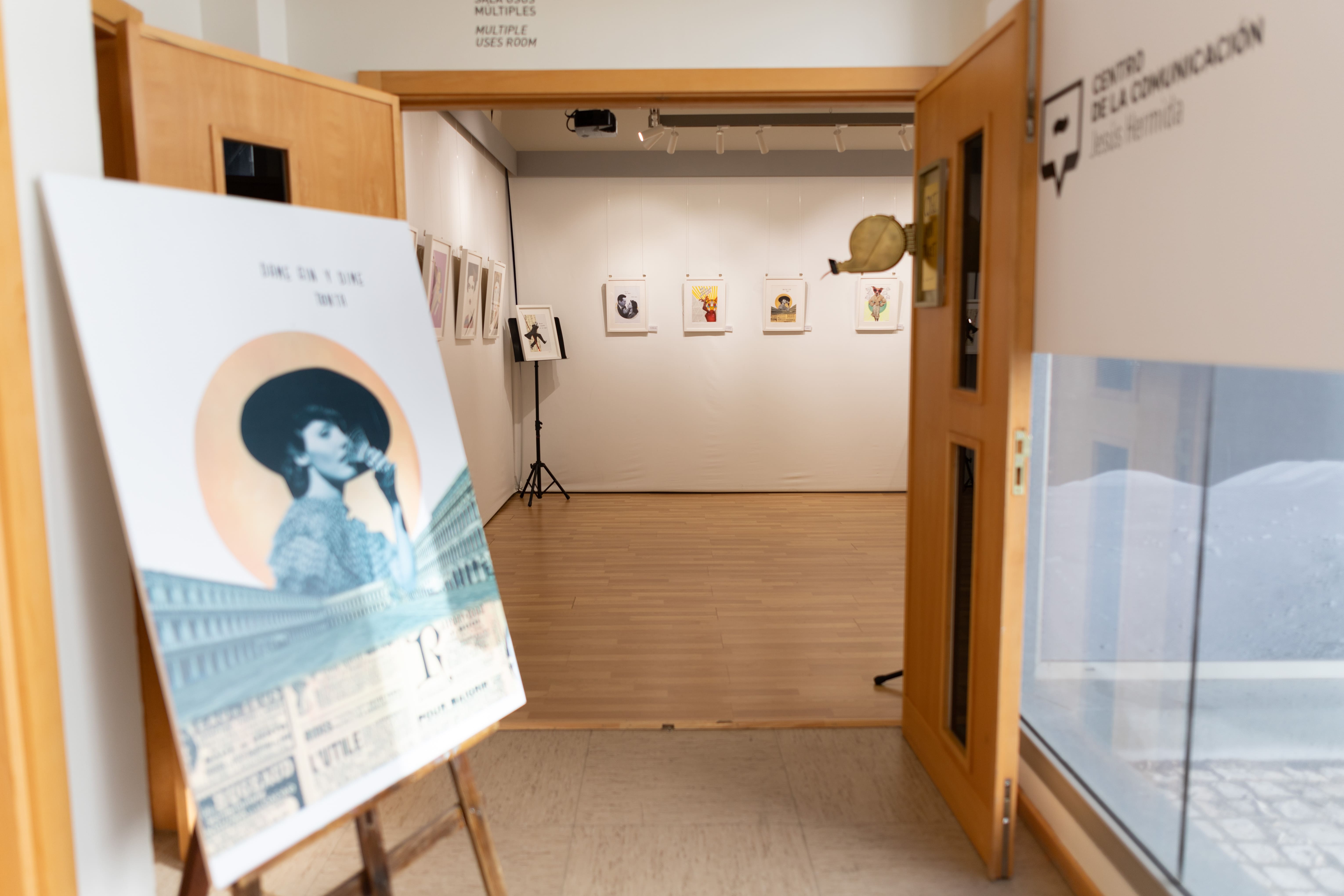History
Since the dawn of humanity, communication has been fundamental to the functioning of human societies. The exchange of messages through the transfer of symbols has allowed us to evolve in a continuous process of improving communication systems.
In the current era, new technologies have given a new dimension to the concept of communication, opening up possibilities that were unimaginable just a few years ago and even questioning what were considered traditional systems of media operation.
Communication, in its broadest concept, based on the exchange of messages among individuals beyond journalistic information, is the reason for this museum. It would be the first of its kind in Spain and one of the few in the world dedicated to this subject, as in Europe, there are only Museums of Communication in the cities of Bern (Switzerland) and Frankfurt (Germany).
The proposal to create the JESÚS HERMIDA Communication Museum in Huelva is justified by several facts that support it. There was no greater event for communication than the adventure with which Christopher Columbus initiated the journey from the port of Palos, resulting in the discovery of America. This facilitated communication between peoples and the exchange of information about different cultures at a level never achieved before or after.
Huelva has historically been an exceptional place for the exchange of cultures that, for centuries, have left their imprint and cultural heritage in the character of its inhabitants, incorporating the influence of Tartessian, Turdetanian, Phoenician, Roman, Visigothic, Arab, Christian cultures, and more.
In this province, Juan Ramón Jiménez, Nobel Prize in Literature and author of "Platero y yo," the most read and translated book in the world after Don Quixote, was born. Regarding information and media, Huelva has a historical prominence that many may not be aware of. In its capital, Radio Huelva, the first public radio station with studios in Spain, was established in 1937, giving rise, along with the one in Salamanca, to the creation of the Radio Nacional de España network.
Since documented memory, Huelva has seen the publication of more than 700 newspapers and magazines, with up to seven different titles coexisting simultaneously in its kiosks. The first known publication is La Gazeta de Ayamonte (1810), and from Isla Cristina, the newspaper La Higuerita, one of the three oldest publications in Andalusia, now celebrating its centenary and still in circulation.
This land is home to illustrious names in journalism and communication, including Jesús Hermida, Victor Márquez Reviriego, Jesús Quintero from San Juan del Puerto, Modesto Sánchez Ortiz, a journalist from Aljaraque who was the director of the Catalan newspaper La Vanguardia and great-uncle of Fernando Sánchez Dragó. Maria Luisa Muñoz de Vargas, one of the first women journalists in Spain, wife of Rogelio Buendía, the Muñoz de Vargas family, owners of the newspaper La Provincia, with writers, poets, and playwrights of great recognition in their time, Jesús González Green, and many others.

Indeed, Jesús Hermida has been one of the main proponents of this project, showing a willingness to collaborate with enthusiasm. However, his sudden death on May 4, 2015, left the project in limbo. Nevertheless, this does not prevent Huelva from wanting to recognize the enormous contribution he made to communication, especially in television, creating a legacy and being the mentor of some of the best figures in communication in Spain. As a tribute to his merits and in his memory, it has been decided that the Communication Center in Huelva will bear the name JESÚS HERMIDA.
If we understand communication in a broader sense, the list of writers, poets, painters, sculptors, thinkers, and researchers from Huelva is more than significant.
The idea of the Communication Center is a proposal by Rafael José Terán, embraced by the Association of the Press and the Professional College of Journalists in Huelva. The goal is to offer the facility to the city of Huelva in a public building that allows access to as many visitors as possible, making it an international reference for those who want to closely understand the reality and evolution of communication. Work on this project has been ongoing for several years, with the first project drafted in September 2013.
The objective is to involve as many public and private institutions as possible in the project, reaching an agreement on its management. From the outset, the plan is to utilize the documentary and material heritage that has been collected in recent years through contributions, donations, and transfers from various entities and individuals for the Center. Some public and private institutions, as well as top-level communication professionals in Spain, including Radio Nacional de España and Televisión Española, along with Jesús Hermida's own family, have already made their support and collaboration offers a reality for its endowment and activities.
THE MUSEUM
The proposal for the Center aims to make it an active facility featuring a permanent exhibition with an exclusive space dedicated to Jesús Hermida. This will be complemented by other temporary exhibitions and educational and informative activities to understand the evolution of communication and learn about the different systems and procedures used to make communication possible.
To achieve this, materials have been provided to the Press Association by various individuals and entities, such as Radio Televisión Española and Atresmedia. These materials allow for the exhibition of objects and documents that illustrate the evolution of the communication world and the role played by Huelva. Among them are some elements from the first transmitting equipment and studios of Radio Nacional in Huelva.


The Center's rooms house these objects and documents, along with many others provided by prominent figures who have made history in communication and journalism, with a special emphasis on Jesús Hermida. He supported the idea of the Center and its museum space from the beginning, and many elements in the collection reflect the evolution of human communication with new technologies. This includes a video featuring his voice narrating the Apollo 11 moon landing, along with his personal items and materials related to the moon landing.
The Museum also hosts a library focused on communication topics and an audiovisual and documentary archive available to researchers and educators. It is designed to assist in educational and informative activities.
It has an educational workshop where students from the province can handle some of the equipment used before the advent of new technologies and the internet, such as those used in radio and television stations, the design of newspaper pages, or the binding and printing of books.
There is also a multipurpose room for exhibitions, conferences, and activities. Some private collectors of communication-related objects have contributed items for temporary and thematic exhibitions at the Center, collaborating with other entities to organize joint activities that highlight their valuable documentary heritage on communication and information.
With the Jesús Hermida Communication Center, Huelva is given the recognition it deserves with a unique museum and cultural space in Spain.
